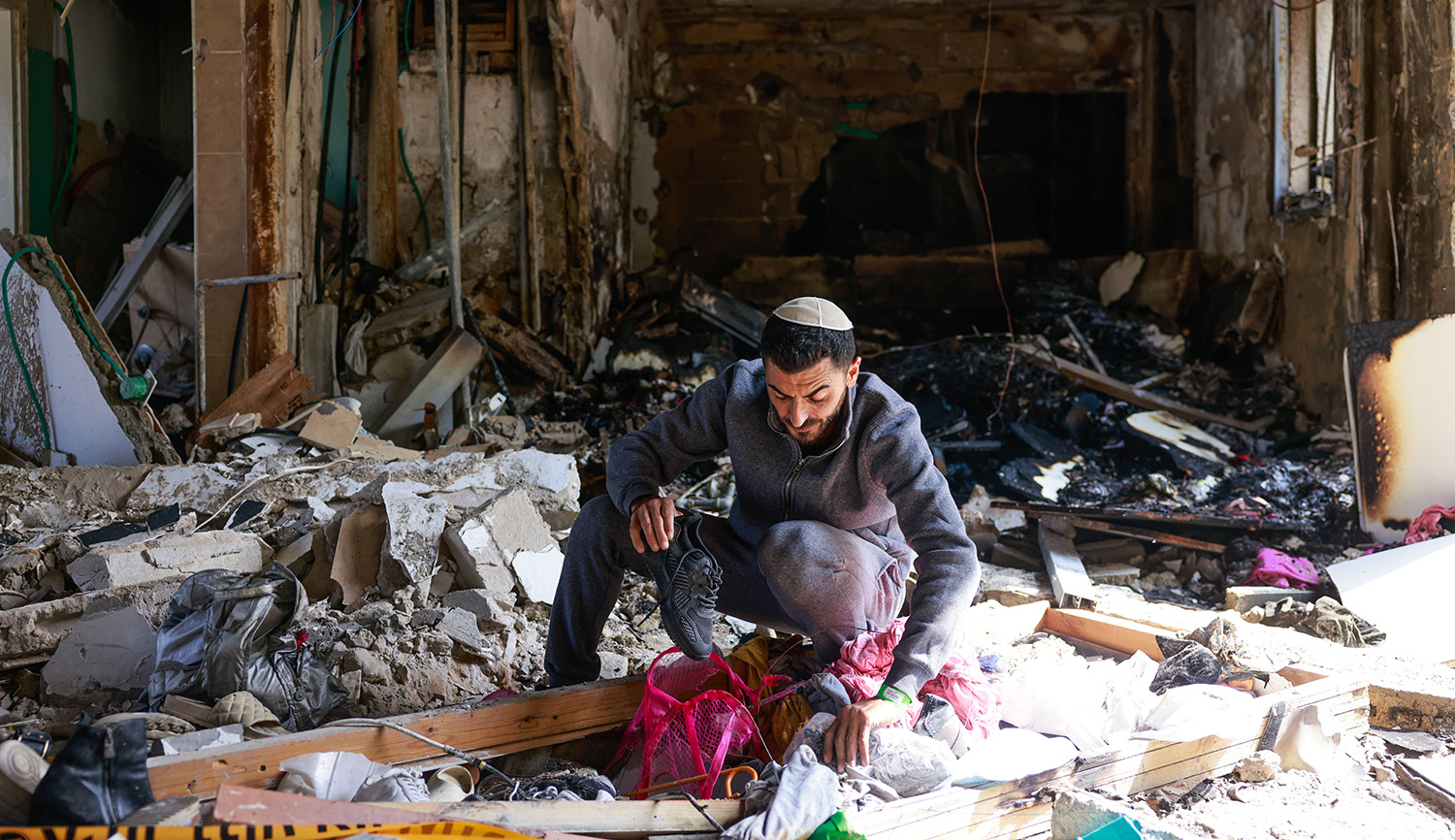On a day of grave news like today, it’s good to be able to end with a bit of poetry. The Argentine Jewish poet Juan Gelman (1930-2014), during a dark period in his country’s history, found himself drawn to the Jewish religious and literary tradition, and especially to the great works Spanish Jewry—from medieval poets like Samuel ha-Nagid to the 16th-mystic Isaac Luria. As Ilan Stavans explains, “Gelman, from the 1980s onward, rewrote scores of these sources in his own style. He wasn’t interested in translating them; his objective was to appropriate them flat out, projecting their echoes into our modern sensibility.” Gelman, a native Yiddish speaker, even studied Ladino and wrote a series of poems in that language.
Herewith, Stavans’s translation of Gelman’s take on a Hebrew prayer by the great poet-philosopher Judah Halevi (1075–1141):
you became my nest of love/and my love
lives where you live/the enemies
tormented me/let them be/let your ire be/
as long as I don’t find my path to you/
my bones tremble embracing a stranger/
the foreigner of his own skin/
let it be/
as long as you don’t absolve my pain/
seat me/redeem me/
rescue me from myself.
More about: Argentina, Judah Halevi, Latin American Jewry, Medieval Spain, Poetry, Sephardim


